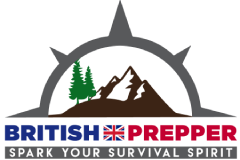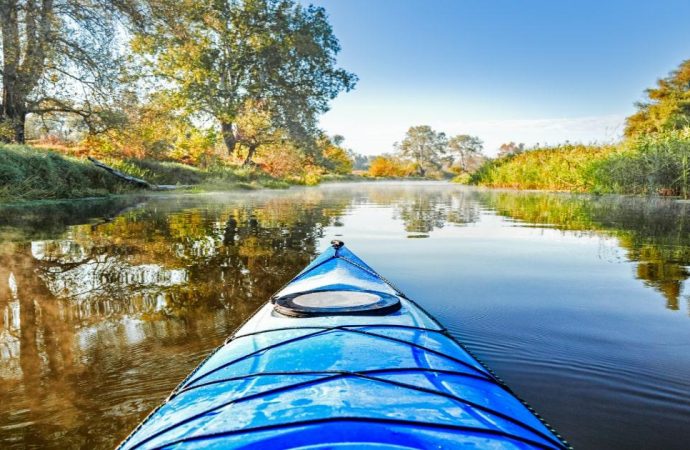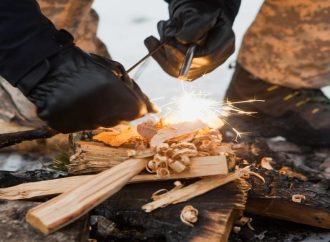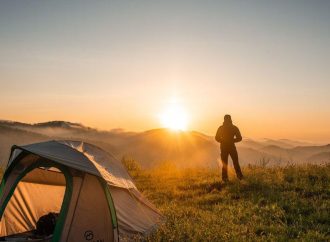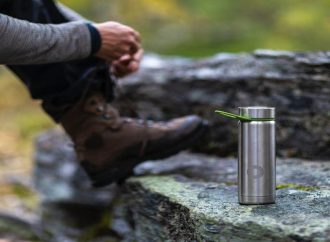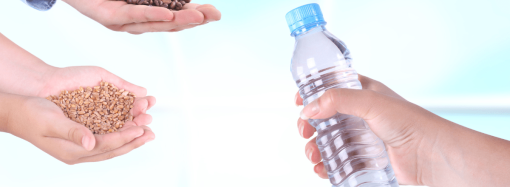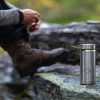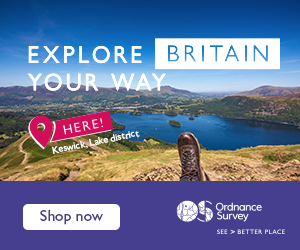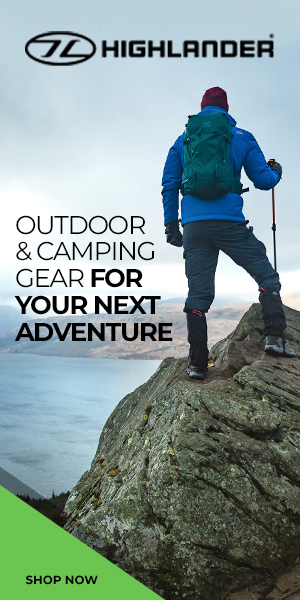Whether you’re in a boat, a log raft, or a kayak, learning how to navigate a river could be vital if you need to travel while bugging out. River navigation requires certain boating techniques, though. Depending on the state of the world when SHTF, you may not have any electrical technology or even signage along
Whether you’re in a boat, a log raft, or a kayak, learning how to navigate a river could be vital if you need to travel while bugging out. River navigation requires certain boating techniques, though.
Depending on the state of the world when SHTF, you may not have any electrical technology or even signage along the river. You will have to depend solely on detailed localised UK paper maps to navigate your way along a river, canal or coastline safely.
Navigation should be on every prepper’s list of skills to master. In this article, we’ll discuss everything you need to know about how to navigate a river to increase your chances of survival.
How To Navigate A River Current
The current of a river is one of the major considerations for river navigation, most notably for making turns.
If you’re not careful when making your turns while navigating a river in a boat, the current can take you much further than you would have expected, potentially resulting in crashing, or even capsizing.
The safest technique for turning while on strong or medium river currents is called ‘steering by alignment’ – which requires you to find two landmarks that line up on your course.
You then steer the boat in a way that keeps the landmark lines aligned. Exclude anything that is not stationary for your landmarks.
In a SHTF world scenario, you might not have the best equipment for your boat. In this case, there is a technique that may allow you to turn, in which you use your anchor or paddle to scrape the riverbed in order to reduce the speed of the boat or kayak.
If you have a boat, the flow of water from the anchor makes it possible to direct the boat with the rudder.
The Canal and River Trust also recommends keeping your boat to the outside of bends where the water flows faster and makes the channel deeper.
Top Navigations Tips For Small Boats, Rafts, Kayaks & Canoes
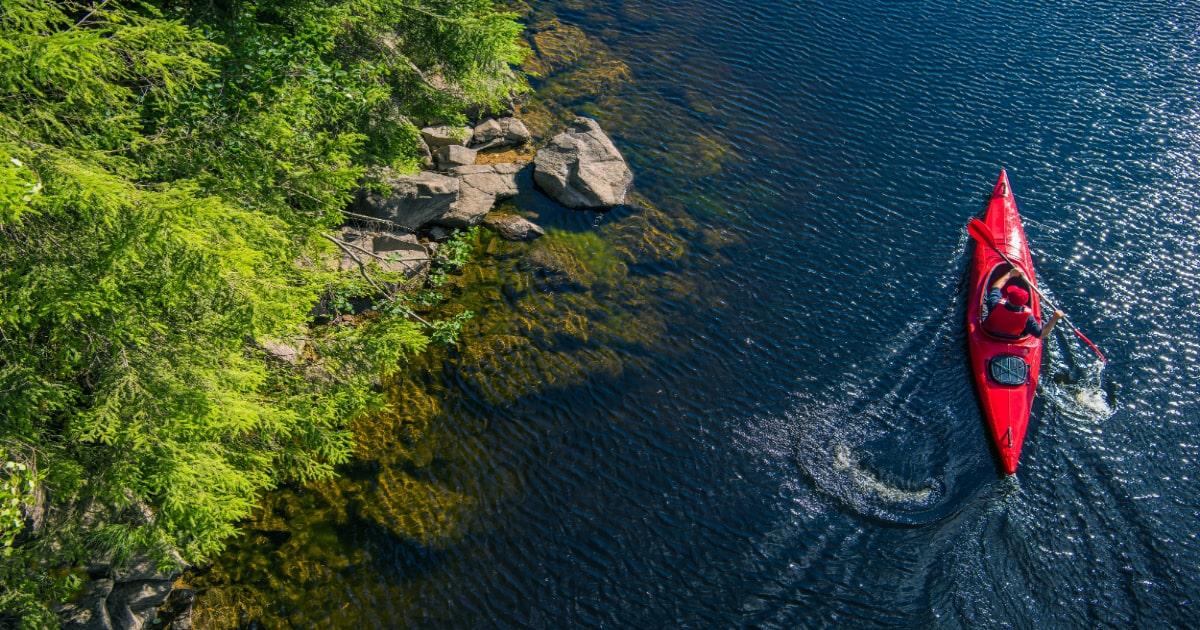
If you don’t have a large boat, navigating a river will be a completely different experience.
You’ll need to be on the lookout for patches of ‘whitewater’ – or in other words, rapids. Most rapids start off with a smooth V-shaped ramp or dip known as the ‘tongue’.
If the V is facing downstream, these areas usually signify the deepest and least-obstructed route – in other words, it is the safest route. If the V is facing upstream, this is a visual sign that there is a potentially dangerous obstacle there.
Apart from rapids, you’ll also need to look out for eddies. Eddies are kind of like whirlpools, and they are created by the water moving around a submerged obstacle. Keep an eye out for eddies on the surface and do your best to avoid them, especially if you’re in a small kayak.
If you have to take your small boat over a ledge in a river, be careful about holes – this is when the water pours over the ledge and continues vertically with the power to the bottom of the riverbed and then along the riverbed.
You need to be careful that your boat (especially lighter boats) doesn’t get flipped by the power or dragged down.
How To Navigate A River At Night
If you’re planning to use a boat for when SHTF, we would imagine you’ve already got that boat. In that case, you need to start preparing it for the future – now.
One way to prepare it is to make sure its lighting setup is suitable for working at night. Having a proper lighting system will be the most effective way to successfully navigate at night – you’ll want a strong headlight that you can shine on the water to avoid hazards and to navigate around bends.
You’ll can buy specialist kayak lights and install them on your vessel, but you’ll want to make sure you have enough spare bulbs and batteries for your prepper store.
If you’re using a small boat, a raft, or a kayak, you might not have a light to use, or are unable to as it may disclose your location. The only advice we can give in these situations is to choose nights that are more visible with moonlight.
At the end of the day, travelling on water at night without a light is very dangerous and should be avoided at all costs if possible.
How To Avoid Hazards When Navigating A River
When thinking about hazards on a river, you might first think about things like submerged rocks and logs – but the definition of a hazard is just something that is a potential source of danger.
Changes in water level are the main hazard for boats and this is something that happens with the changes in season: spring will generally have the higher water levels, while autumn and summer will have the lowest.
If you find yourself in water that is too shallow, you could hit rocks and other debris that could potentially damage the hull of the boat and make it sink.
Floating debris can also be a problem. If you’re travelling at high speeds, a lot of damage can be caused even by small objects.
How To Moor Your Boat Safely On Rivers
When attempting to moor your boat on riverbanks, always try to moor against the river flow, as this will give you more control when turning.
Riverbanks may be dangerous, though, with large rocks or mud on the bank. It’s always best to choose proper moorings on canals or floating pontoons as opposed to riverbanks, but we understand that this might not be possible when SHTF.
Summary
If for some reason living on land becomes unsafe, living on a river boat or travelling by water may become a necessity. If you learn these tips on how to safely navigate a river now, you’ll be one step ahead of everyone else when SHTF.
Don’t have a canoe or a kayak but think it would be an excellent option to have if you needed it, perhaps to get downstream quickly or get to a small island a couple miles offshore? You can pick up an inflatable canoe starter set for under £100, or a sturdier kayak starter kit for under £500.
Make sure you have everything boat-related in your preps if you know you’ll likely be bugging out near a river such as life jackets, oars, and even basic fishing equipment – food may be scarce when SHTF, and there are a large number of edible fish in UK rivers.
